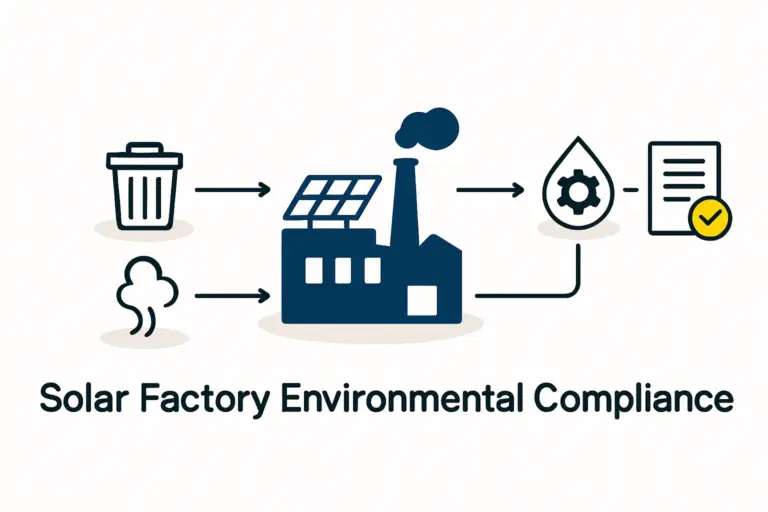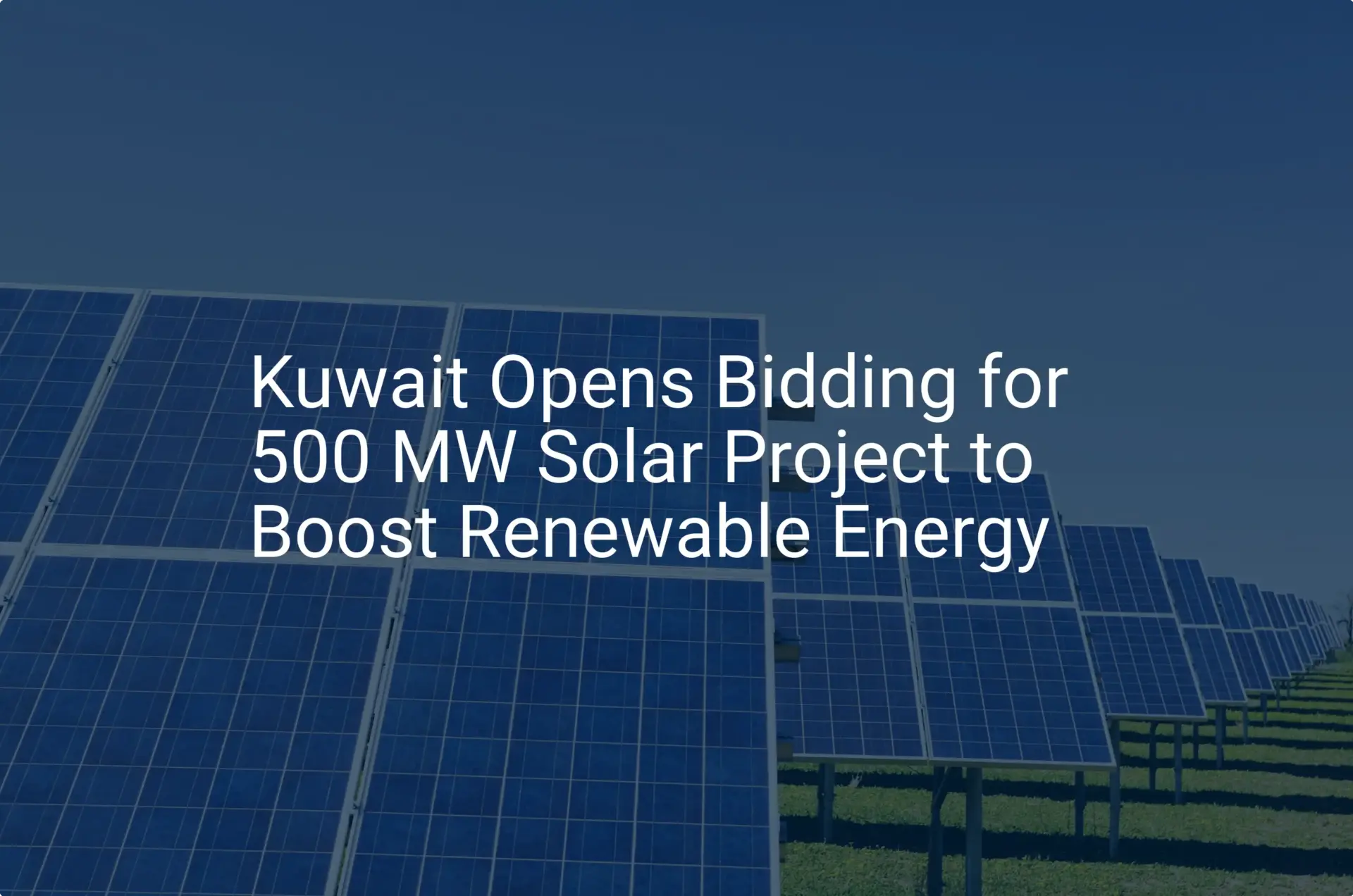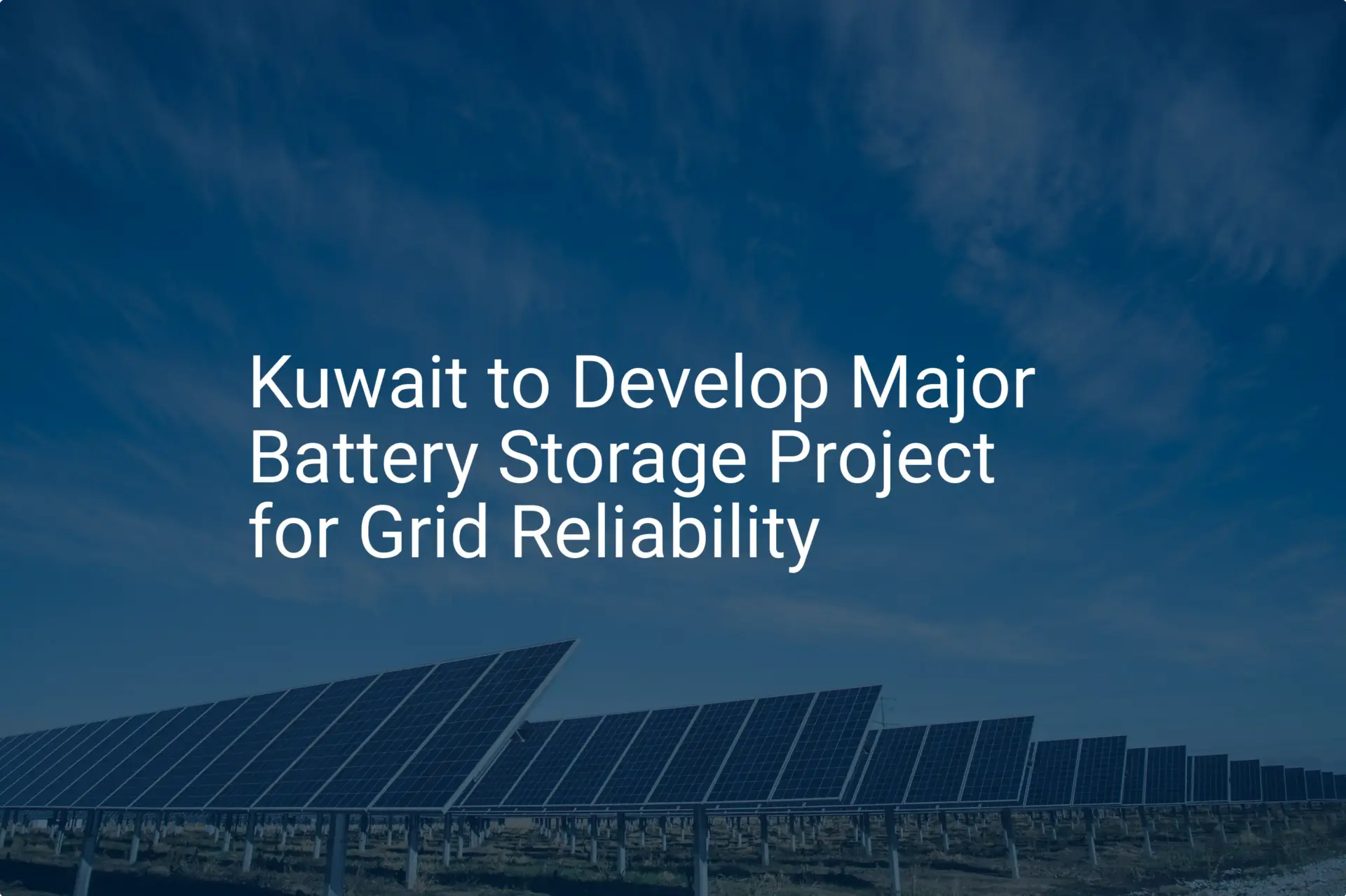An entrepreneur exploring Kuwait’s burgeoning renewable energy market often starts with a powerful vision: a modern factory producing high-quality solar modules that contributes to the nation’s Vision 2035 goals.
This ambition, however, quickly runs into a foundational question: where can such a facility be built, and how can it be connected to essential utilities?
In Kuwait, the path from concept to a fully serviced industrial site is a structured process overseen by specific state authorities. Understanding this landscape is the first critical step for any investor. This article outlines the procedures for securing industrial land, connecting to the national electricity and water grids, and aligning with the country’s regulatory framework.
The Central Role of the Public Authority for Industry (PAI)
For any industrial venture in Kuwait, the journey begins with the Public Authority for Industry (PAI). The PAI is the government body responsible for promoting and regulating the industrial sector, which includes allocating state-owned industrial land. It acts as the gatekeeper and primary partner for entrepreneurs looking to establish a manufacturing presence.
Industrial land is not sold freehold but is allocated on a long-term lease, often for periods of 25 to 50 years. These plots are situated within designated industrial zones, such as Sabhan or Shuaiba, which ensures that land is used for productive, economically beneficial projects that align with national development goals.

Key Stages in the PAI Application Process
The PAI follows a meticulous, multi-stage process to evaluate applications for industrial land. While demanding, this structured approach ensures that projects are viable, well-planned, and compliant with national standards from the outset.
-
Project Proposal and Feasibility Study: The initial application requires more than just an idea. A prospective investor must submit a detailed proposal, including a comprehensive business plan for the solar factory. This document must detail the project’s technical specifications, financial projections, market analysis, and potential contribution to the Kuwaiti economy.
-
Technical and Environmental Review: Once submitted, the proposal undergoes a rigorous review by various committees within the PAI and other government bodies. A crucial part of this is the environmental screening conducted with the Environment Public Authority (EPA), which assesses the factory’s potential environmental impact, from raw material handling to waste disposal.
-
Land Allocation and Lease Agreement: Following a successful review and approval, the PAI allocates a specific plot of land. A formal lease agreement is then signed, outlining the terms, conditions, rental fees, and the project implementation timeline. Failure to meet development milestones can result in the PAI revoking the land allocation.
Connecting to the Grid: The Ministry of Electricity, Water & Renewable Energy (MEW)
With land secured, the next critical step is connecting the facility to essential utilities. This process is managed by Kuwait’s Ministry of Electricity, Water & Renewable Energy (MEW). A solar module factory consumes significant electricity and water, making a strong relationship with the MEW fundamental to its operational success.
The Application and Approval Workflow
Connecting a new industrial facility to the grid is a formal process that requires detailed technical planning.
-
Load Assessment Submission: The process begins with the submission of a detailed load assessment to the MEW. This technical document specifies the factory’s projected maximum electricity demand, outlining the power requirements for all machinery, from laminators and stringers to HVAC and lighting systems. The specifications of the chosen turnkey solar production lines are central to creating an accurate assessment.
-
Infrastructure Planning: Based on the load assessment, MEW determines the necessary grid infrastructure. For a medium- to large-scale solar factory, this often requires the construction of a dedicated electrical substation on or near the site to safely step down voltage from the main grid. The cost and construction of this substation are typically the project owner’s responsibility.
-
Water Connection: A parallel application must be submitted for a water connection. Water is essential in solar module manufacturing, primarily for cleaning the glass before lamination. The application must estimate the factory’s daily and monthly water consumption.
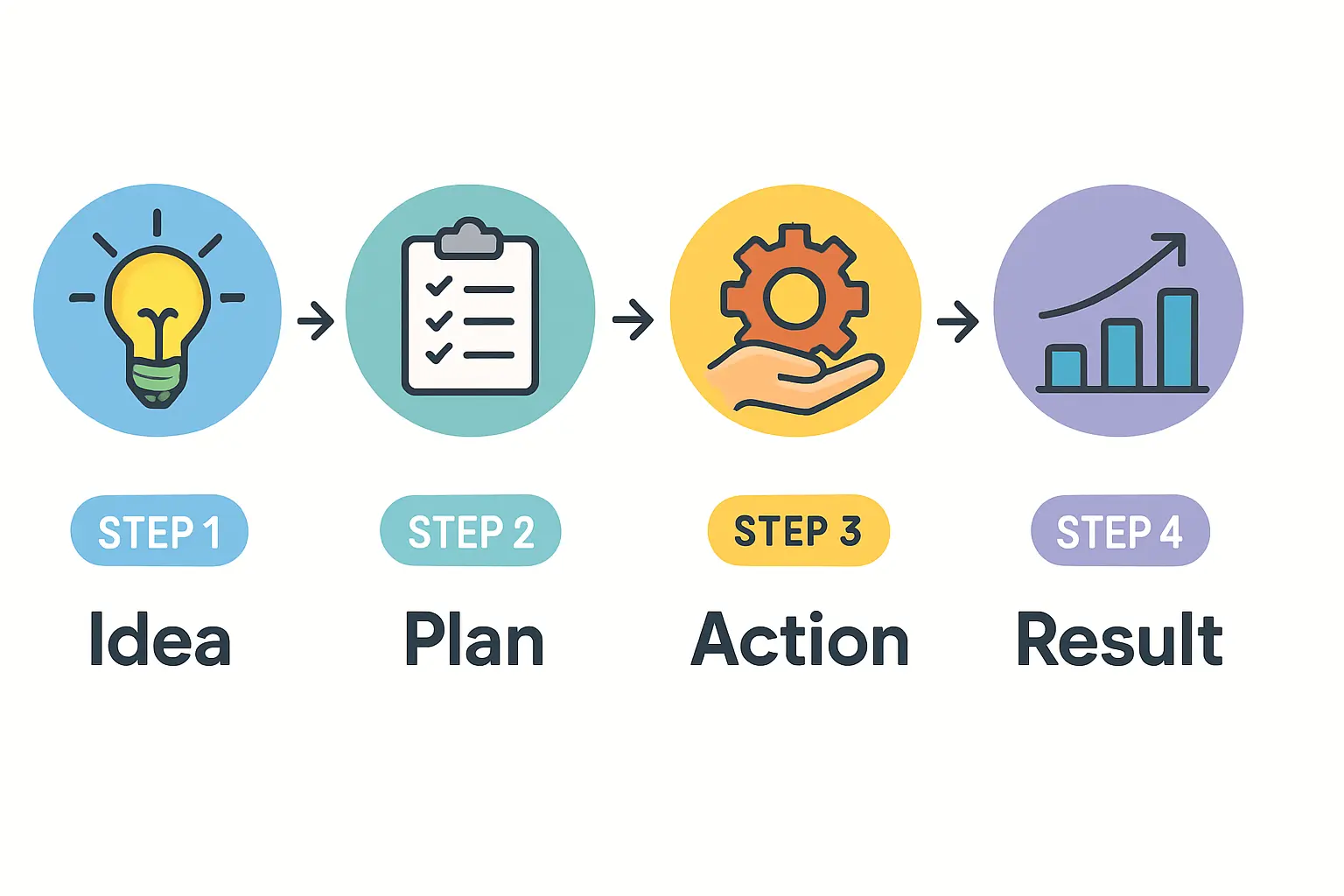
Navigating Kuwait’s Regulatory and Environmental Landscape
Building a factory in Kuwait means adhering to a robust regulatory framework that extends beyond land and utilities. A successful project must comply with all environmental, labor, and industrial standards from day one.
Environmental Impact Assessments (EIA)
As mandated by the Environment Public Authority (EPA), most industrial projects require a formal Environmental Impact Assessment (EIA). For a solar module factory, the EIA will focus on several key areas:
- Waste Management: Plans for managing industrial waste, including broken glass, scrap aluminum frames, and chemical residue from soldering and lamination.
- Water Usage and Discharge: Strategies for efficient water use and the safe treatment of any wastewater before it is discharged.
- Air Quality: Measures to ensure that any emissions from machinery or processes fall within nationally accepted limits.
Meeting Kuwaitization Quotas
Investors must be aware of Kuwait’s national labor policies, commonly known as ‘Kuwaitization.’ These regulations mandate that a certain percentage of a company’s workforce be Kuwaiti nationals. This requirement affects recruitment planning and operational budgeting and should be factored into the business plan from the very beginning.
Adherence to KPC Standards
While the Kuwait Petroleum Corporation (KPC) is primarily associated with the oil and gas sector, its high standards for health, safety, and environment (HSE) have become a benchmark for all major industrial projects in the country. Adherence to these world-class standards is often expected, even for projects outside the fossil fuel industry, as it demonstrates a commitment to operational excellence and safety.
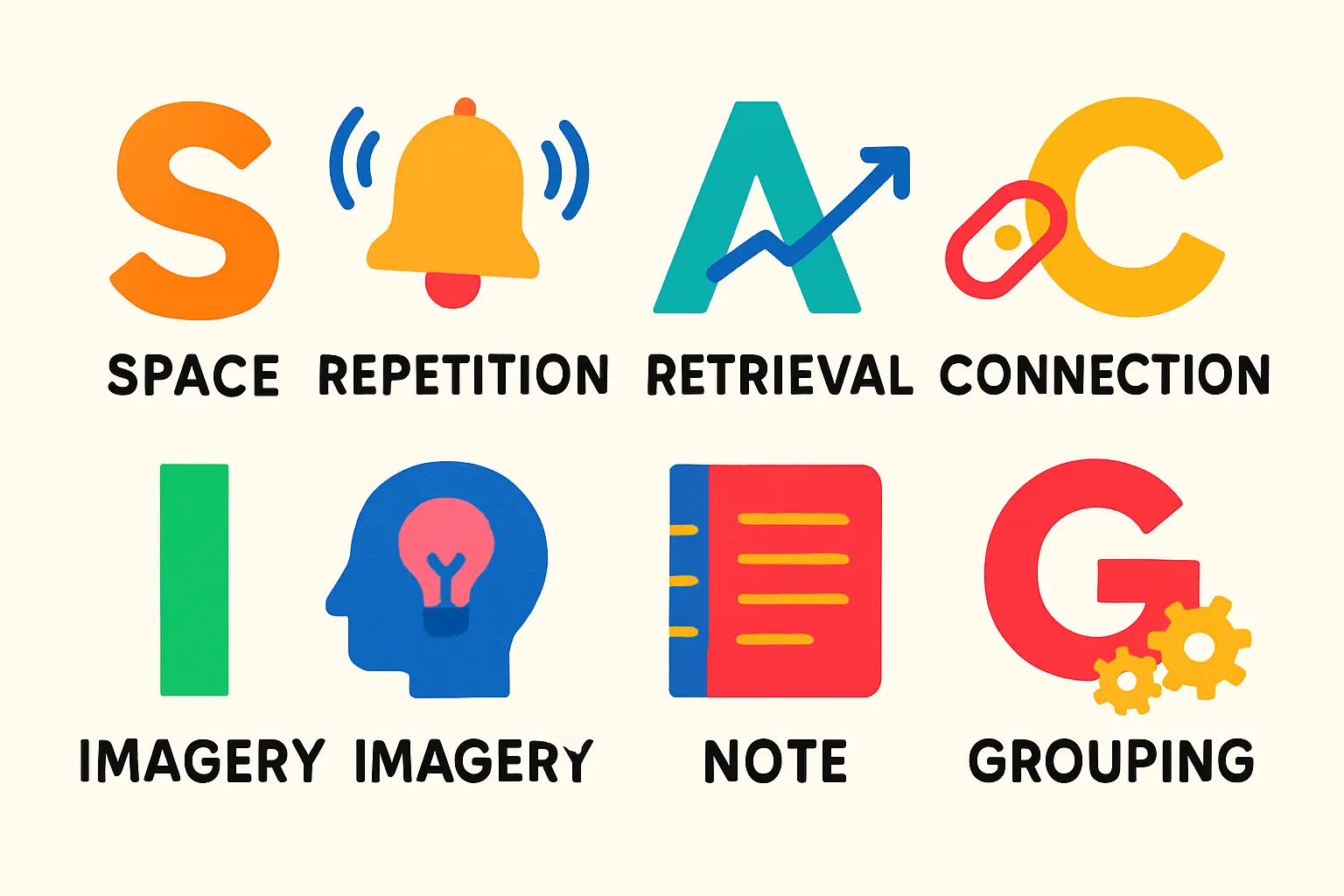
Frequently Asked Questions (FAQ)
What is the typical size of an industrial plot for a 50-100 MW solar factory?
A facility producing 50-100 MW per year generally requires a plot between 10,000 and 20,000 square meters. This accommodates the factory building, storage for raw materials and finished goods, administrative offices, and utility infrastructure like a substation.
Can a foreign company own industrial land in Kuwait?
No, industrial land is state-owned. Foreign investors, often through a local Kuwaiti partner or a legally established Kuwaiti company, can lease the land from the Public Authority for Industry (PAI) on a long-term basis.
How long does the entire process take, from PAI application to utility connection?
Given the multiple stages of approval and review, investors should realistically plan for a 12- to 24-month timeline from the initial application to having a fully serviced plot ready for construction. Meticulous preparation and a well-structured business plan can help expedite the process.
Are there government incentives for setting up a renewable energy factory?
Kuwait’s Vision 2035 actively encourages investment in renewable energy and diversification away from oil. While specific incentives can vary, projects in this sector are generally viewed favorably by the PAI and other government bodies, which can lead to smoother application processes and strong official support.
What are the main differences between setting up in Shuaiba vs. Sabhan industrial areas?
Shuaiba Industrial Area, one of the largest, is located on the coast, making it ideal for industries requiring port access. Sabhan Industrial Area is closer to Kuwait City and the international airport. The choice depends on logistical needs, available plot sizes, and specific zoning regulations for the type of manufacturing.
Your Path Forward in Kuwait’s Solar Industry
Securing industrial land and utilities in Kuwait is a methodical, regulated process designed to foster sustainable and high-value industrial development. For entrepreneurs new to the solar industry, navigating the requirements of the PAI, MEW, and EPA can seem daunting. The path, however, is clear and manageable for those who approach it with diligent research and thorough preparation.
Drawing from decades of experience setting up turnkey factories globally, J.v.G. Technology has observed that meticulous early-stage planning is the greatest predictor of success. By understanding the local regulatory landscape before committing significant capital, investors lay a strong foundation for a profitable and enduring solar manufacturing enterprise.
For those looking to understand the full scope of such a project, the next logical step is to explore a detailed overview of how to start a solar panel business.




